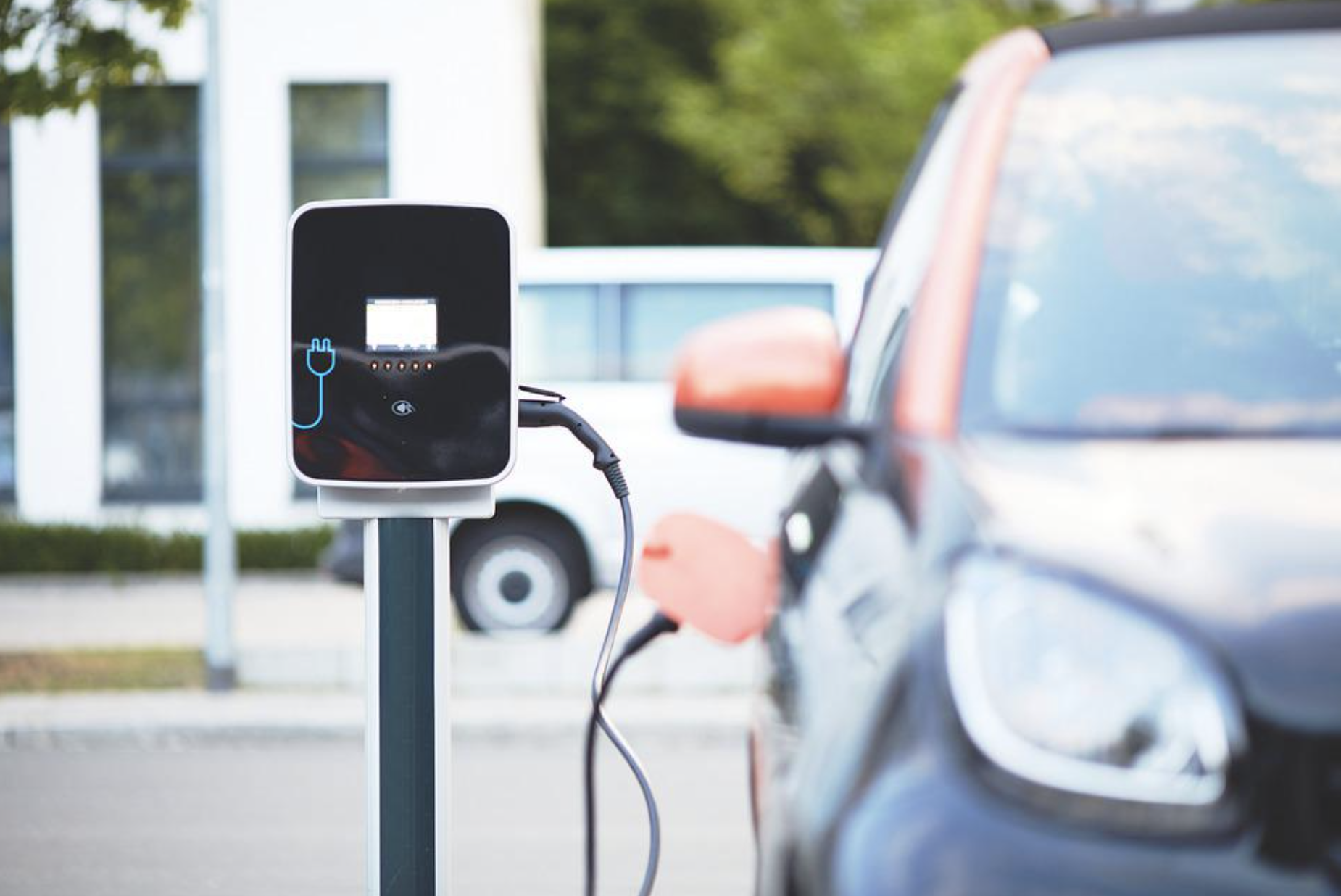
[객원 에디터 3기 / 한동민 기자] In recent years, electric vehicles have become increasingly common as environmentally-conscious consumers worldwide sought to reduce, recycle, and reuse. Driven by concerns about the damage to increasing temperatures due to the over-usage of diesel and gasoline fuels, electric vehicles have become a green alternative that significantly reduces ozone-damaging carbon dioxide emissions. The American company Tesla is leading the race in electric vehicle manufacturing, known for its technological advances and safety.
However, it is a misconception to claim that Tesla is the absolute leading electric vehicle producer. Other car manufacturers such as Ford have recently announced their jump into the electric cars market by purchasing electric vehicle batteries from China. Ford also stated their intention to buy additional battery packs from South Korea and elsewhere, showing its ambition in going electric.
Indeed, electric vehicles have clear advantages over their traditional carbon counterparts. Lower or waived registration fees and road taxes provide financial incentives for car users to make the transition. Their quieter nature than diesel machines also means that they contribute less to noise pollution, making them more attractive to riders living in rough environments.
With these edges and growing market potential, the construction of charging stations is expanding rapidly as well. According to the Bipartisan Infrastructure Law (BIL), the United States is estimated to have around 500,000 electric car charging stations, marking considerable growth from just a few years back. Despite this, it is not enough for the United States to be the only country to adopt electric vehicles on a national scale. Countries across the globe must come together to stop further damage to our environment.
Source: New York Times





